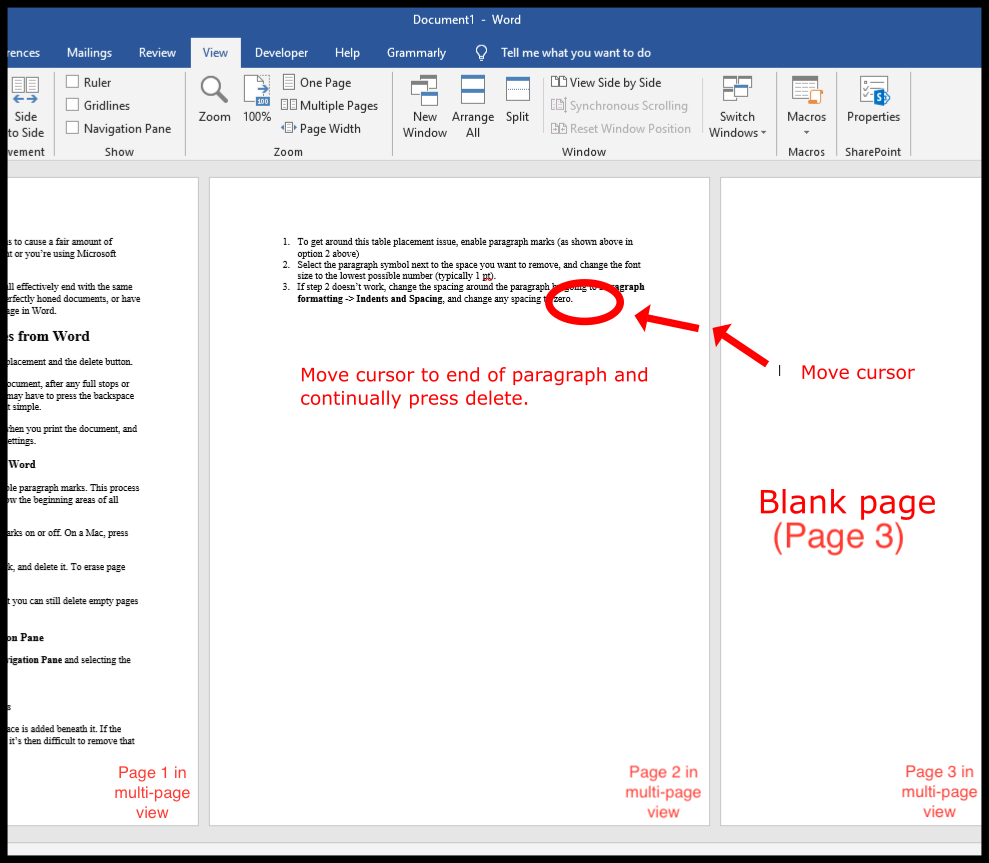
Unicode's preferred byte stream format UTF-8 is designed not to have the problems described above for older multibyte encodings. Most programming languages now have a datatype for Unicode strings. Unicode has simplified the picture somewhat. These encodings also were not "self-synchronizing", so that locating character boundaries required backing up to the start of a string, and pasting two strings together could result in corruption of the second string. Other encodings such as ISO-2022 and Shift-JIS do not make such guarantees, making matching on byte codes unsafe. Some encodings such as the EUC family guarantee that a byte value in the ASCII range will represent only that ASCII character, making the encoding safe for systems that use those characters as field separators.
#What is another word for issue code
Use of these with existing code led to problems with matching and cutting of strings, the severity of which depended on how the character encoding was designed. The normal solutions involved keeping single-byte representations for ASCII and using two-byte representations for CJK ideographs. Logographic languages such as Chinese, Japanese, and Korean (known collectively as CJK) need far more than 256 characters (the limit of a one 8-bit byte per-character encoding) for reasonable representation. If text in one encoding was displayed on a system using a different encoding, text was often mangled, though often somewhat readable and some computer users learned to read the mangled text. These character sets were typically based on ASCII or EBCDIC. String datatypes have historically allocated one byte per character, and, although the exact character set varied by region, character encodings were similar enough that programmers could often get away with ignoring this, since characters a program treated specially (such as period and space and comma) were in the same place in all the encodings a program would encounter. The string length can be stored as a separate integer (which may put another artificial limit on the length) or implicitly through a termination character, usually a character value with all bits zero such as in C programming language. Of course, even variable-length strings are limited in length – by the size of available computer memory. Most strings in modern programming languages are variable-length strings. In general, there are two types of string datatypes: fixed-length strings, which have a fixed maximum length to be determined at compile time and which use the same amount of memory whether this maximum is needed or not, and variable-length strings, whose length is not arbitrarily fixed and which can use varying amounts of memory depending on the actual requirements at run time (see Memory management). The syntax of most high-level programming languages allows for a string, usually quoted in some way, to represent an instance of a string datatype such a meta-string is called a literal or string literal.Īlthough formal strings can have an arbitrary finite length, the length of strings in real languages is often constrained to an artificial maximum. In some languages they are available as primitive types and in others as composite types. Strings are such an important and useful datatype that they are implemented in nearly every programming language. See also: Comparison of programming languages (string functions)Ī string datatype is a datatype modeled on the idea of a formal string. In formal languages, which are used in mathematical logic and theoretical computer science, a string is a finite sequence of symbols that are chosen from a set called an alphabet. When a string appears literally in source code, it is known as a string literal or an anonymous string.


String may also denote more general arrays or other sequence (or list) data types and structures.ĭepending on the programming language and precise data type used, a variable declared to be a string may either cause storage in memory to be statically allocated for a predetermined maximum length or employ dynamic allocation to allow it to hold a variable number of elements.

A string is generally considered as a data type and is often implemented as an array data structure of bytes (or words) that stores a sequence of elements, typically characters, using some character encoding. The latter may allow its elements to be mutated and the length changed, or it may be fixed (after creation).

In computer programming, a string is traditionally a sequence of characters, either as a literal constant or as some kind of variable. They are useful for storing human-readable data, like sentences, or lists of alphabetical data, like the nucleic acid sequences of DNA.


 0 kommentar(er)
0 kommentar(er)
